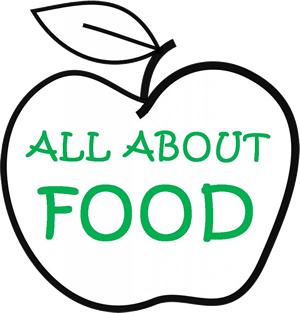Eating together is an important way of fostering social connections. In recent years, we have been researching, and working with, the social eating movement: community-based food projects that use surplus food from supermarkets to create affordable meal services and provide spaces in which to eat them.
In locations like Nottingham and Sheffield, social eating initiatives have emerged to counter isolation and food insecurity and are used by a variety of customers from students to families and elders who pay between £2 and £3.50 for a two or three-course meal.
However, the coronavirus lockdown has had a significant impact, restricting people’s ability to meet in groups. Individuals have reported that their experiences of loneliness and social isolation have been exacerbated by the lockdown.
Social eating groups have had to develop new ways to ensure people could access meals as well as maintain social contact. They are now showing how social eating can work in a post-lockdown future, where customers are seeking affordable meals in safe, sociable spaces.
More than food
Social eating initiatives address food insecurity in its broadest sense – by linking the need to eat with the need to socialise over food.
For the most part, these projects are based in neighbourhood venues such as children’s centres, community centres and churches. A meal is usually offered once a week. These services extend food choice, accessibility and availability and operate as spaces where the links between people, communities, projects and services are strengthened through food sharing.
This social eating also has a greater historical lineage than most people imagine. During the first world war, “national kitchens” were introduced in the UK to support the welfare of the general population. As well as providing sustenance, the kitchens also had a social function – improving morale and social cohesion.
Community responses
In response to the coronavirus lockdown, community food groups partnered with local authorities to respond to emergency food aid requests. Groups like the Nottingham Social Eating Network and Sheffield’s FoodHall Project showcased their model of meal provision to a new range of customers.
Instead of shutting down during the early stages of lockdown, these networks redesigned their services to produce and distribute thousands of meals. Volunteers packaged meals for collection and delivery. The usual food hygiene rules were strengthened to mitigate the risks of the pandemic. Meals may not have been eaten at the same table, but food resources were shared out and the “eating together” ethos of social eating sustained these services.
Reimagining eating
Social eating networks are now trialling staggered mealtimes, pop-up mealtimes in larger venues, multiple sittings per week and social bubble dining to counter the risks of eating out.
Social enterprise Pulp Friction, based in Nottingham, teamed up with a local pub to deliver a hot meal service during lockdown. Now we have learnt that the enterprise intends to trial a new “heat and eat” social eating service where meals are made offsite, heated and sold in larger venues which may not have adequate storage or kitchen facilities to run a conventional meal service, but where there is adequate space to serve crowds safely.
The social eating model has the potential to help us create a new kind of food infrastructure. Imagine a national network of community eateries, or social eating spaces, where you could go for a once-a-week social meal.
These meals would be priced at a couple of pounds for two or three courses, with limited choice but all freshly cooked with supermarket surpluses and locally grown produce. The result would be savings on fuel and water, as well as being a more sustainable use of food resources. Crucially, these meals would be eaten with others in welcoming local spaces.
This model doesn’t stop people from going out to eat or from choosing specialist cuisines. Instead, it provides access to a fresh, affordable, nutritious and social meal. It could be the first step taken to guarantee the right to food in the UK.
Social eating networks could proliferate through government and corporate subsidies, whilst remaining steered by, and anchored in, communities. By tapping into our deepest needs to connect to one another over food, social eating networks offer us a model for a sustainable, connected and inclusive future.![]()
Marsha Smith, Visiting Fellow in Sociology, Nottingham Trent University and David Bek, Reader in Sustainable Economies, Coventry University
This article is republished from The Conversation under a Creative Commons license. Read the original article.







Recent Comments